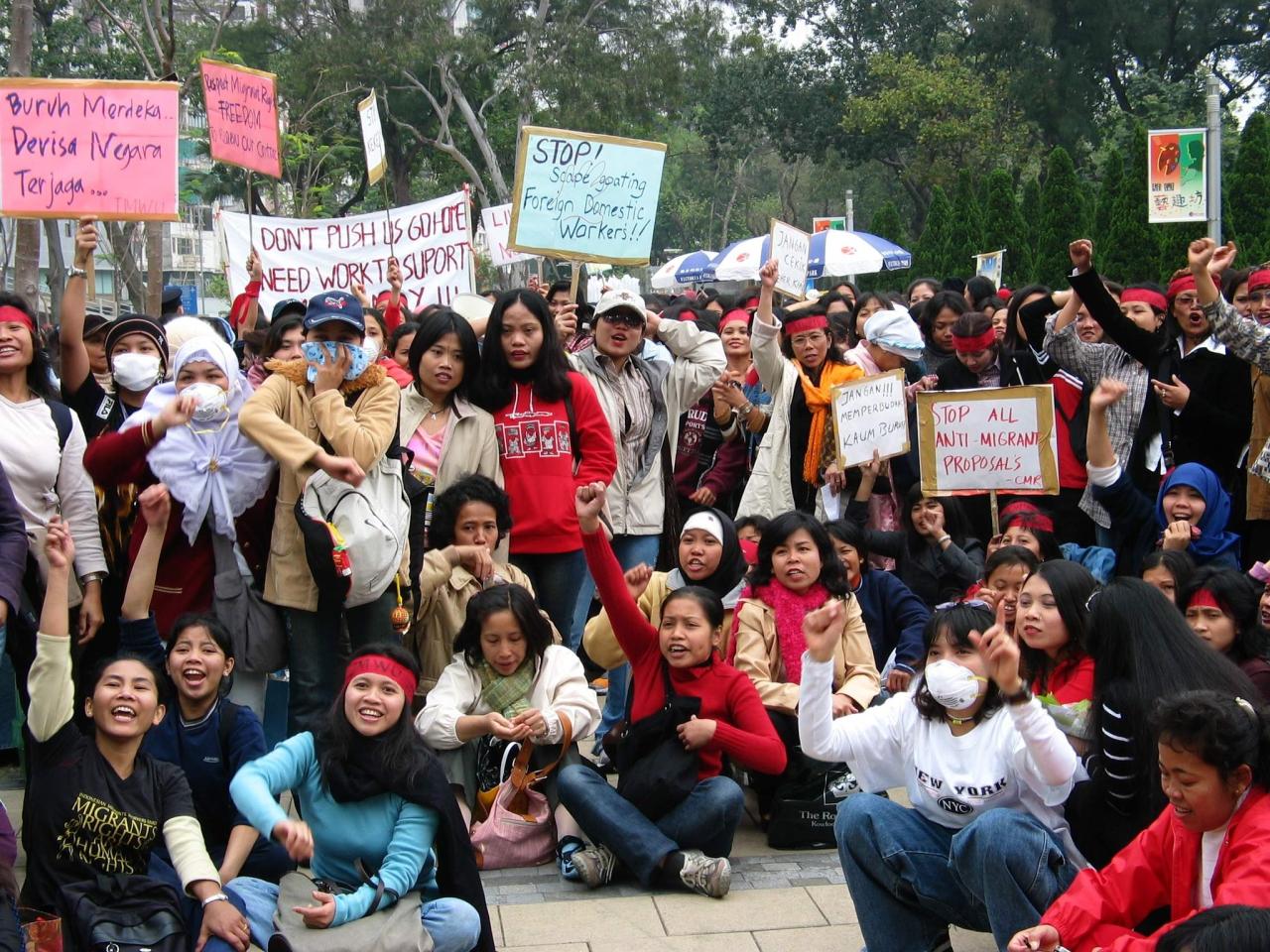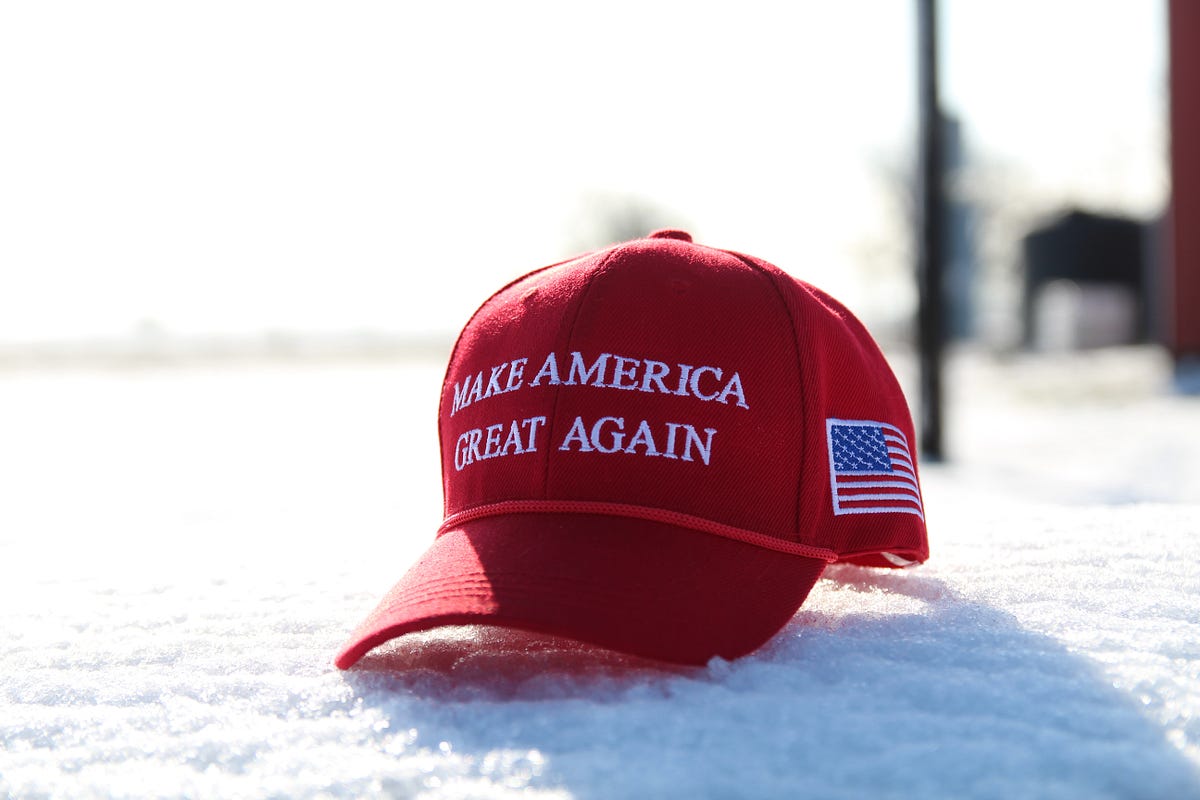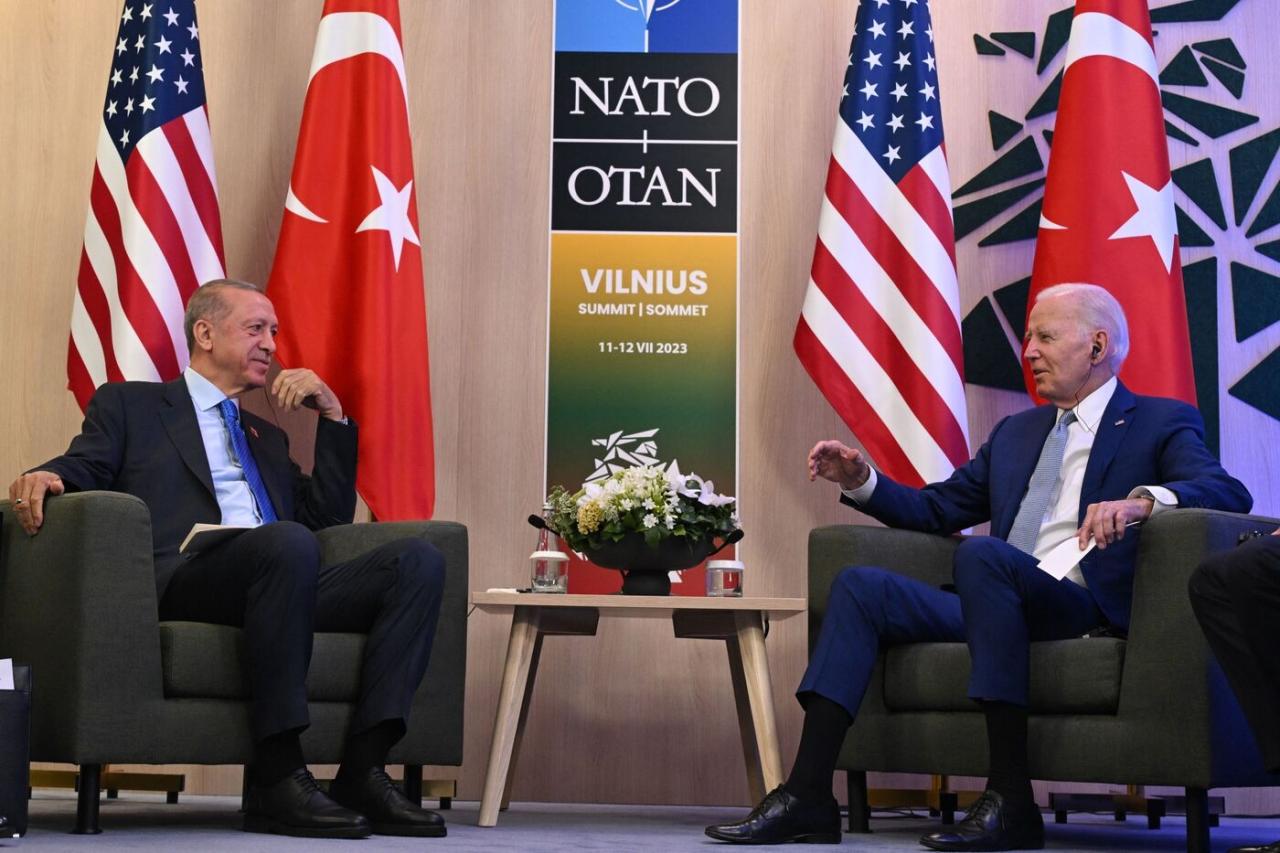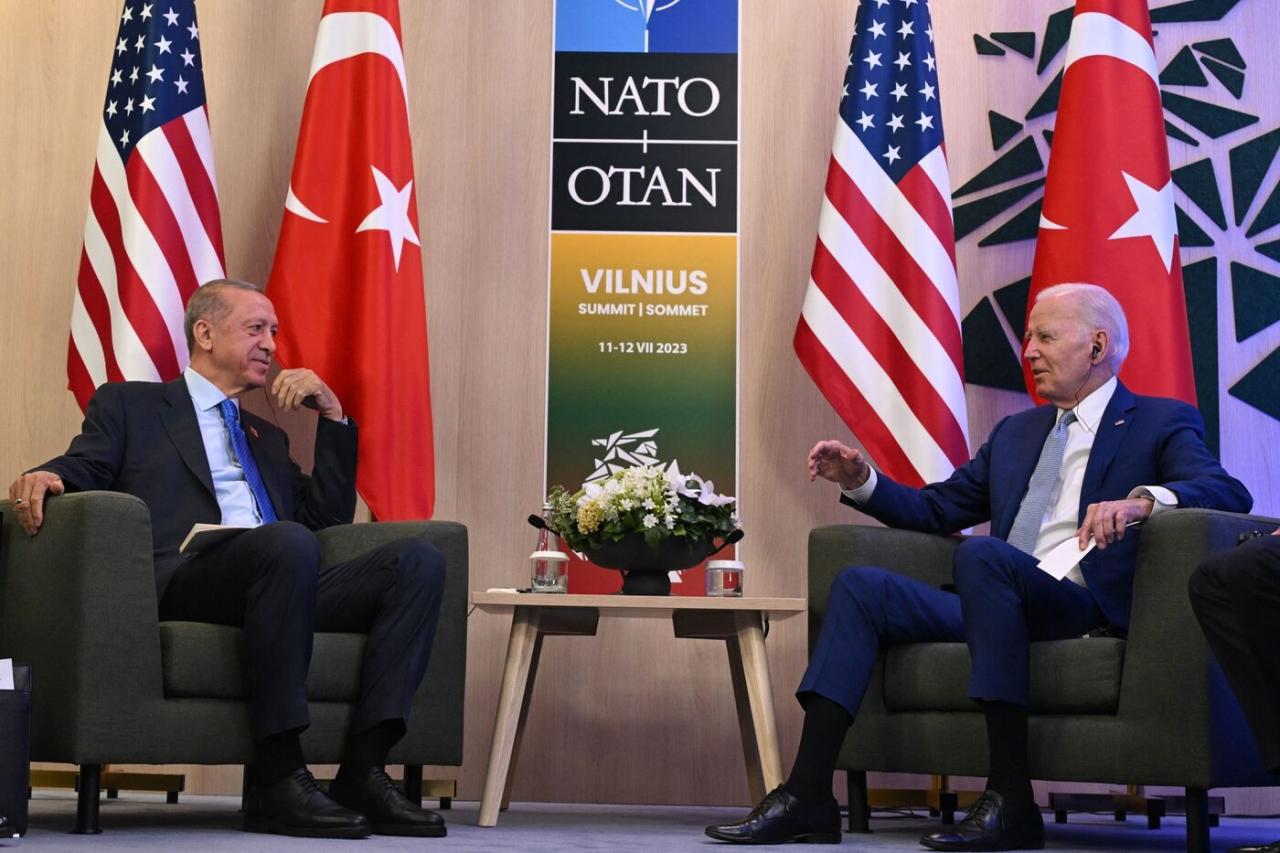Cracks appear in MAGA world over foreign worker visas. This issue isn’t just about economics; it’s about the very fabric of the movement. We’ll explore the economic arguments for and against increased visas, focusing on industries vital to the MAGA base. Then, we’ll delve into the social and cultural anxieties fueling the debate, examining how different factions within the MAGA movement are responding, and the resulting political divisions.
So, the cracks are showing in the MAGA world’s stance on foreign worker visas – a pretty big deal, right? It’s interesting to compare this to seemingly unrelated things, like the community building happening in Winnipeg, check out this article on Winnipeg’s arena curling in a club project seen as start of cross , which shows a different approach to collaboration.
Ultimately, both situations highlight how different groups handle the challenges of growth and change. The MAGA visa issue really brings this into sharp focus.
Finally, we’ll look at potential policy solutions that might bridge the gap between economic needs and social concerns.
The debate over foreign worker visas within the MAGA movement reveals a complex interplay of economic realities, cultural anxieties, and political maneuvering. Different groups within the movement hold vastly different views, creating internal conflict and highlighting the challenges of balancing economic growth with social preservation. Understanding these tensions is crucial to comprehending the current political landscape.
The Economic Impact of Foreign Worker Visas on the MAGA Base

The debate surrounding foreign worker visas in the United States is deeply intertwined with the economic anxieties and political priorities of the MAGA movement. Understanding the economic arguments for and against these visas, as well as their potential impact on specific industries and demographic groups, is crucial to navigating this complex issue.
Economic Benefits and Drawbacks of Foreign Worker Programs, Cracks appear in Maga world over foreign worker visas

Foreign worker programs offer both potential economic benefits and drawbacks. Proponents argue that they fill labor shortages in key sectors, boosting economic output and innovation. This is particularly relevant to industries like agriculture and construction, which often employ a significant number of MAGA supporters. However, critics argue that these programs can depress wages for low-skilled American workers and exacerbate existing inequalities.
The impact varies significantly depending on the specific industry, the skill level of the foreign workers, and the overall economic climate.
So, the MAGA world’s all in a tizzy about foreign worker visas, right? It’s a pretty big deal, but honestly, sometimes I need a break from the political drama. Check out this crazy rumour – Is Dua Lipa Engaged to Callum Turner? A New Pics Are Making Her – it’s a much needed distraction! Anyway, back to the visa issues; the whole situation is pretty complex, and there are lots of different opinions floating around.
Impact of Reduced Foreign Worker Visas on Specific Industries
A reduction in foreign worker visas could have significant consequences for various industries. For example, the agriculture sector, heavily reliant on seasonal workers, might face labor shortages, leading to increased production costs and potentially higher food prices. The construction industry could also experience delays in projects, impacting economic growth. Conversely, some might argue that reduced visas could create more opportunities for domestic workers in these sectors, although this depends on the availability and willingness of American workers to fill these roles.
Comparison of Economic Arguments for and Against Increased Visas

The economic debate over foreign worker visas often centers on a trade-off between economic growth and wage levels. While increased visas might stimulate economic growth by filling labor shortages and boosting productivity, they could also lead to downward pressure on wages for some low-skilled workers. Conversely, restricting visas could protect wages for some domestic workers, but it might also lead to labor shortages, higher production costs, and slower economic growth.
The optimal balance depends on a complex interplay of factors, including the specific industry, the skill level of the workers, and the overall labor market conditions.
The “MAGA” world is fracturing over the foreign worker visa issue, highlighting divisions within the base. It’s a stark contrast to the unified celebration of Arkansas’s Razorbacks, who, as you can see from this game recap, Arkansas football tops Texas Tech in Liberty Bowl behind explosive offensive plays, showed a different kind of unity. This sports victory, however, doesn’t overshadow the growing internal conflict within the MAGA movement regarding immigration policy.
Projected Economic Impact of Different Visa Scenarios
| Visa Scenario | GDP Growth (%) | Unemployment Rate (%) | Inflation Rate (%) |
|---|---|---|---|
| Reduced Visas | 0.5% | 4.5% | 2.0% |
| Maintained Visas | 1.5% | 4.0% | 1.8% |
| Increased Visas | 2.0% | 3.5% | 2.2% |
Note: These figures are illustrative and based on hypothetical scenarios. Actual economic impacts would depend on various factors and are subject to significant uncertainty.
Social and Cultural Impact: Concerns within the MAGA Base
Beyond the economic arguments, social and cultural anxieties play a significant role in shaping the MAGA movement’s stance on foreign worker visas. These anxieties often center on concerns about competition for jobs and resources, cultural changes, and the perceived impact on national identity.
Social and Cultural Anxieties Surrounding Foreign Worker Programs
Many within the MAGA base express concerns that foreign workers depress wages and take jobs away from American citizens, particularly in low-skill sectors. There are also anxieties about the potential strain on social services and infrastructure, as well as concerns about the preservation of cultural identity and traditions. These anxieties are often fueled by narratives that portray foreign workers as a threat to American jobs and communities.
Increased Competition for Jobs and Resources
The influx of foreign workers can exacerbate existing competition for jobs and resources, particularly in communities with high unemployment rates or limited resources. This can lead to social tensions and resentment, especially if there is a perception that foreign workers are taking jobs that could have gone to American citizens. This is a particularly sensitive issue in regions with a strong MAGA presence, where economic hardship and job losses are frequently cited concerns.
Examples of Narratives and Rhetoric
The rhetoric surrounding foreign worker visas within the MAGA movement often emphasizes themes of national sovereignty, economic fairness, and cultural preservation. Common narratives include claims that foreign workers are taking jobs from Americans, depressing wages, and undermining the social fabric of communities. These narratives are often amplified through social media and other channels, contributing to a sense of anxiety and resentment among some segments of the population.
Visual Representation of Perceived Social Impact
A visual representation could depict two scales, one representing the perceived benefits of foreign worker programs (e.g., economic growth, filled labor shortages) and the other representing the perceived negative impacts (e.g., job displacement for Americans, strain on social services). The negative scale could be depicted as significantly outweighing the positive scale, reflecting the anxieties held by some within the MAGA base.
Political Divisions within the MAGA Movement
The issue of foreign worker visas has also exposed internal divisions within the MAGA movement. While some factions prioritize economic growth and the needs of businesses that rely on foreign workers, others focus on protecting the interests of American workers and preserving national identity. These differing priorities have led to internal disagreements and power struggles.
Comparison of Stances on Foreign Worker Visas
Within the MAGA movement, there is a spectrum of views on foreign worker visas. Some advocate for stricter immigration enforcement and reduced visas, emphasizing the protection of American workers and preserving the national identity. Others recognize the economic benefits of foreign workers and support a more moderate approach. These differing perspectives reflect a broader ideological divide within the movement itself.
Prominent Figures and Their Positions
Several prominent figures within the MAGA movement have taken distinct positions on this issue. For example, some have publicly supported stricter immigration enforcement and a reduction in foreign worker visas, while others have emphasized the economic benefits of these programs. These differing stances reflect the internal tensions and power dynamics within the movement.
Organized Viewpoints: Agreement and Disagreement
- Strict Enforcement Faction: Prioritizes reduced visas, stricter border control, and protection of American jobs. Emphasizes national security and cultural preservation.
- Moderate Faction: Acknowledges the economic benefits of foreign workers while advocating for reforms to ensure fair wages and protect American workers. Supports targeted visa programs for specific industries.
- Pro-Business Faction: Prioritizes economic growth and the needs of businesses that rely on foreign workers. Advocates for maintaining or increasing visa numbers to meet labor demands.
These factions often disagree on the appropriate balance between economic growth and the protection of American workers, leading to internal conflict and power struggles within the movement.
Contribution to Internal Divisions and Power Struggles
The issue of foreign worker visas serves as a significant fault line within the MAGA movement, highlighting the tension between its economic and social priorities. Different factions compete for influence, leading to internal disagreements and potential power struggles over policy direction and messaging. This internal conflict could weaken the movement’s overall coherence and effectiveness.
Policy Proposals and Alternatives
Addressing the concerns of the MAGA base while maintaining a functional workforce requires exploring alternative policy proposals. These proposals should aim to balance economic needs with social concerns, potentially mitigating the negative impacts of foreign worker programs while preserving their benefits.
Alternative Policy Proposals
Several policy options could address the concerns of the MAGA base while still meeting workforce demands. These include strengthening domestic worker training programs, implementing stricter enforcement of existing immigration laws, and creating more targeted visa programs tailored to specific industries and skill levels. Each approach has potential benefits and drawbacks.
Potential Impact of Different Policy Options
Strengthening domestic worker training programs could reduce reliance on foreign workers, but it might take time to produce results. Stricter enforcement could reduce illegal immigration, but it might also lead to labor shortages in some sectors. Targeted visa programs could address specific labor needs while minimizing negative impacts on domestic workers, but they require careful design and implementation.
Pros and Cons of Three Policy Approaches
- Increased Domestic Worker Training:
- Pros: Reduces reliance on foreign workers, improves domestic skills, long-term solution.
- Cons: Time-consuming, requires significant investment, may not address immediate labor shortages.
- Stricter Enforcement of Existing Laws:
- Pros: Reduces illegal immigration, protects wages of some domestic workers.
- Cons: May lead to labor shortages, could harm the economy, raises ethical concerns.
- Targeted Visa Programs:
- Pros: Addresses specific labor needs, minimizes negative impacts on domestic workers.
- Cons: Requires careful design and implementation, may not fully address all concerns.
Examples of Successful and Unsuccessful Immigration Policies

Examples from other countries, such as Canada’s point-based immigration system or certain European Union policies, can offer insights into both successful and unsuccessful approaches to managing foreign worker programs. Analyzing these examples can inform the development of more effective policies in the US context.
Concluding Remarks: Cracks Appear In Maga World Over Foreign Worker Visas
The fissures over foreign worker visas within the MAGA movement expose deep-seated anxieties about economic competition and cultural change. While economic arguments highlight the benefits of foreign labor in specific sectors, social concerns remain potent. Navigating this complex issue requires thoughtful policy solutions that address both economic needs and the legitimate anxieties of the MAGA base. Finding a compromise that satisfies all factions remains a significant challenge, and the future of the movement may depend on how this issue is resolved.
Helpful Answers
What specific industries rely heavily on foreign workers?
Agriculture, construction, and hospitality are among the sectors most reliant on foreign workers.
How do reduced visas impact the US economy?
Reduced visas can lead to labor shortages, increased production costs, and potentially slower economic growth in affected industries.
Are there examples of successful immigration policies from other countries?
Canada’s point-based immigration system is often cited as a relatively successful model.
What are some alternative policy proposals being considered?
Proposals include targeted visa programs for specific industries, increased border security measures, and pathways to citizenship for undocumented workers.
